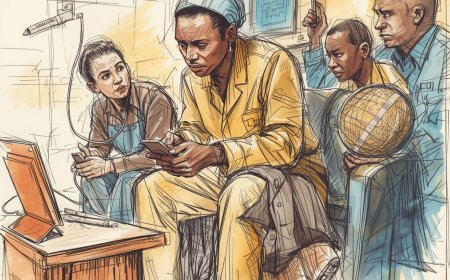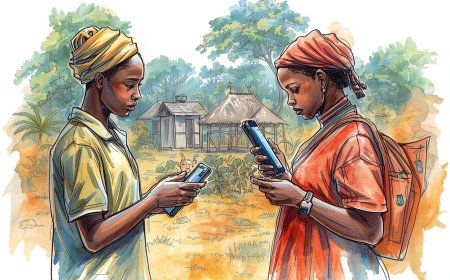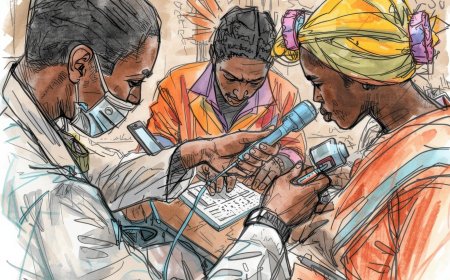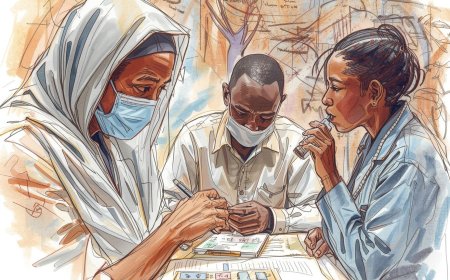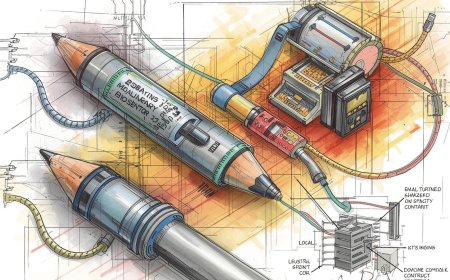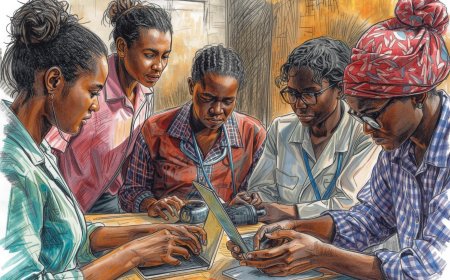Rebuild Less, Scale More: Rethinking Healthcare Innovation in Africa
Fragmented infrastructure and short-term funding push African health innovators to reinvent existing solutions, deepening silos and wasting scarce resources. This op-ed argues for a shift toward shared infrastructure, open standards, and funding models that reward reuse and scale.

Fragmented infrastructure, short-term funding cycles, and the constant pressure to appear unique often drive organisations to rebuild solutions that already exist elsewhere. What begins as an attempt to innovate can unintentionally deepen silos, resulting in scattered impact and wasted resources.
That sentence captures a pattern I see across clinics, startups, donor programs and university labs from Accra to Addis Ababa: brilliance and urgency collide with incentives that reward novelty over utility. The result is dozens of apps that don’t talk to each other, parallel data collection systems for the same indicators, and a steady churn of pilot projects that never scale. For an ecosystem where human lives — and often very small budgets — are at stake, that is not innovation: it is reinvention by fragmentation.
Why does this happen? Several everyday incentives create it. Donors and grant panels often seek new ideas and distinct branding. Local teams under pressure to show “impact” build bespoke solutions they can claim as their own. Procurement rules and risk-averse health ministries favour different vendors. Together these forces create a market where the cost of standing out is measured in duplicated effort and lost continuity of care.
But the problem is also an opportunity. If we reframe the way we think about value — from the sparkle of a new prototype to the sustained, widening curve of impact — the remedies are practical and within reach.
First, invest in shared infrastructure as the baseline for creativity. Shared labs, interoperable data platforms, regional testbeds and common APIs let multiple teams build different features on the same foundation. Think less “one-off app” and more “plug-and-play module.” When a clinic needs triage, immunization tracking or lab reporting, it should be able to assemble proven modules rather than commission a new bespoke system every time.
Second, change funding incentives. Donors and investors must reward reuse, interoperability and demonstrated scale, not just novelty. Grant calls should prioritize projects that adopt open standards or integrate with existing national systems; investors should value sustainable user growth and partnerships over flashy launches. Even small clauses — requiring open APIs or a sustainability plan — can shift behaviour fast.
Third, treat open source and shared design not as charity but as infrastructure. High-quality open solutions reduce entry costs for entrepreneurs, democratize access to best practice, and permit local adaptation without full reinvention. That doesn’t mean everything should be free or unprotected; it means we should accept that some code, standards and data models are public goods that multiply impact when shared.
Fourth, create regional mechanisms for pooling procurement and clinical validation. When hospitals, ministries and NGOs buy together or rely on shared certification processes, the market tilts toward scalable, durable solutions and away from many tiny, fragile pilots. Regional harmonization of standards and regulation reduces duplication and accelerates cross-border learning.
Fifth, invest in human capacity and long-term partnerships. Technologies fail or succeed in the hands of people. Training, retention incentives, and formalized partnerships between innovators and public health systems help bridge the gap between prototype and patient.
Finally, measure what matters: continuity, equity, and system-level outcomes. It’s easy to count downloads or pilot clinics. Harder — and more valuable — is measuring whether a solution reduces referral delays, connects different levels of care, or lowers per-patient costs across a district. Rewarding those metrics will align incentives toward real impact.
This is not an argument against creativity or entrepreneurship. African innovators are among the most creative in the world precisely because they work under constraints. The ask is different: take creativity and redirect it toward building on, not beneath, what already works. The continent needs a culture where a new idea is judged by how well it composes with the commons — the shared infrastructure, data standards, and services that make scale possible.
When innovators, funders, governments and clinicians stop treating every problem as a call for a new logo and start treating it as an opportunity to extend existing solutions, the returns are dramatic: faster deployments, lower costs, and, above all, more lives reached. If healthcare innovation in Africa should have a credo, let it be this simple one: rebuild less, scale more.
We can make that shift. It starts with procurement language that rewards interoperability, funding calls that demand reuse, and a cultural pivot that celebrates the builder who makes something work across ten clinics rather than a new demo in one. In an ecosystem where every dollar counts and every delay can be consequential, choosing scale over novelty isn’t a compromise — it’s the most creative thing we can do.
What's Your Reaction?
 Like
0
Like
0
 Dislike
0
Dislike
0
 Love
0
Love
0
 Funny
0
Funny
0
 Angry
0
Angry
0
 Sad
0
Sad
0
 Wow
0
Wow
0












